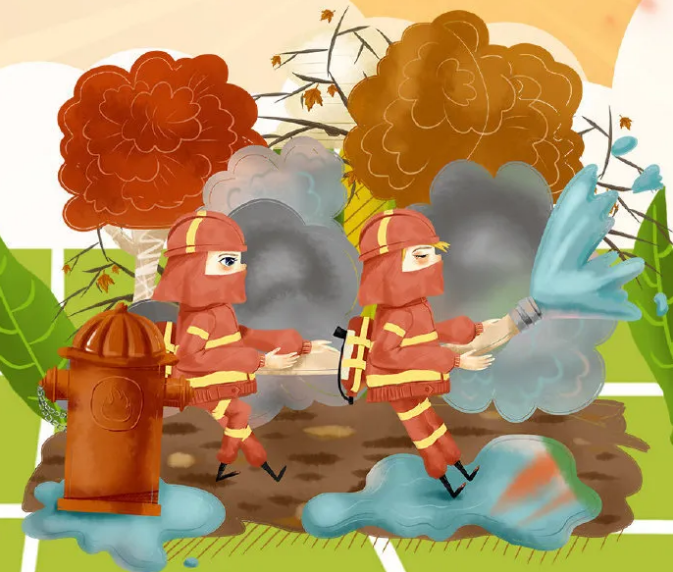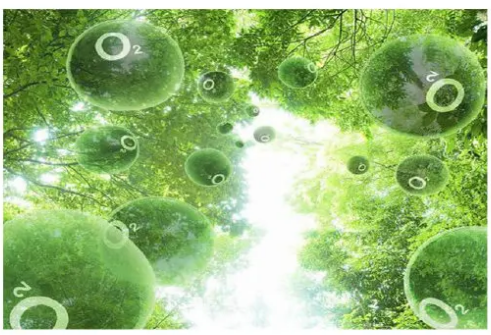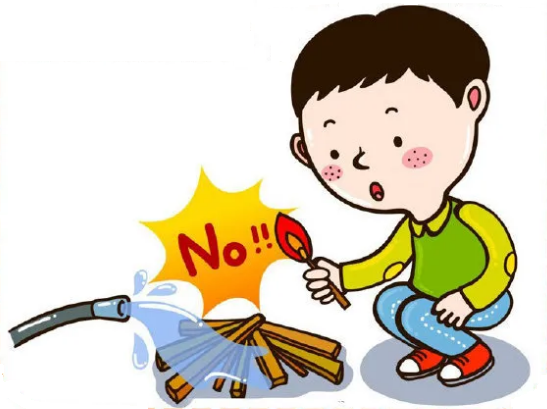Once the forest suffered from fire, the most direct harm is to burn or burn trees.On the one hand, forest stock decline, on the other hand, forest growth has been seriously affected.Forests are renewable resources with a long growth cycle, and it takes a long time for them to recover after fire.Especially after high-intensity large-scale forest fires, forests are difficult to recover and are often replaced by low-growth forests or shrubs.If it is repeatedly damaged by fire, it will become barren or even bare land.
All organic matter in a forest, such as trees, shrubs, grasses, mosses, lichens, dead leaves, humus, and peat, are combustible.Among them, flaming combustible, also known as open fire, can volatilize combustible gas to produce flame, accounting for 85~90% of the total forest combustible.It is characterized by fast spreading speed, large burning area, and the consumption of its own heat only accounts for 2~8% of the total heat.
Flameless burning combustible also known as dark fire, can not decompose enough combustible gas, no flame, such as peat, rotten wood, accounting for 6-10% of the total amount of forest combustible, its characteristics are slow spread speed, long duration, consumption of their own heat, such as peat can consume 50% of its total heat, in wet circumstances can still continue to burn.
One kilogram of wood consumes 32 to 40 cubic meters of air (06 to 0.8 cubic meters of pure oxygen), so forest burning must have enough oxygen to take place.Normally, oxygen in the air is about 21%.When the oxygen content in the air is reduced to 14 to 18 percent, the combustion stops.
Post time: Mar-31-2021



